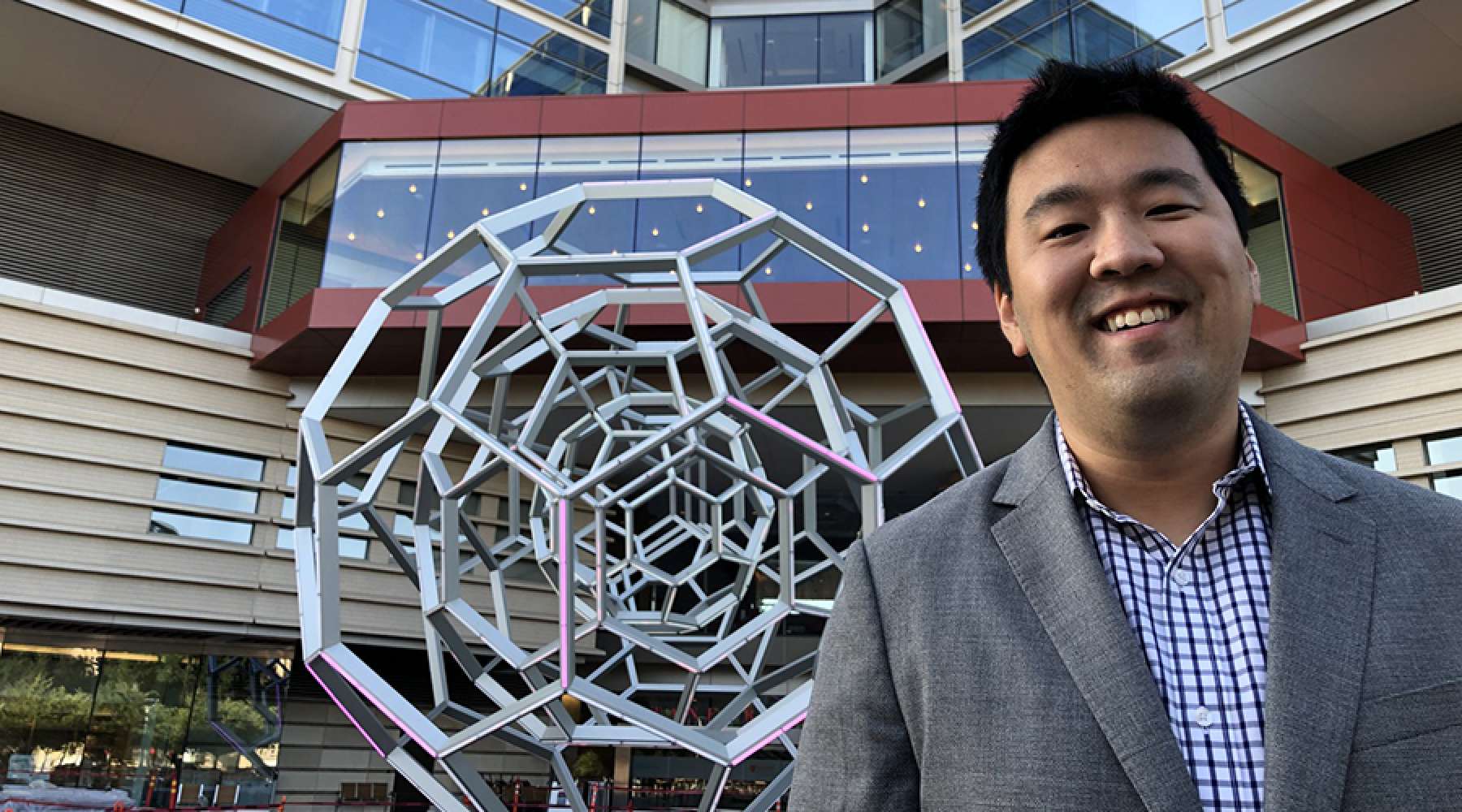
Prior to both medical school and business school, I worked for four years as a project manager and consultant in the niche field of electronic medical records at Epic. Coming into graduate school, I knew I wanted to continue to gain experience and strengthen skills in health care as a business prior to entering residency. After finishing up my first year at Tuck and then the last of my medical school requirements this past summer, I was looking for a unique opportunity to challenge myself and bring together my interest in technology, medicine, and health care delivery.
I found the perfect opportunity at Stanford Health Care and the Center for Digital Health. The organization recently began implementing virtual visits for patients across its system, primarily in the Anesthesia Department. My project fit seamlessly with my First-Year Project at Dartmouth-Hitchcock Medical Center and the Pre-Admissions Testing unit, which was a part of the Anesthesia Department. For some patients, a pre-operative visit with the anesthesia can be arranged to evaluate patients prior to surgery. During these visits, patients are assessed in order to prevent risks and complications related to their surgery and anesthesia. This unique aspect of health care combines both medicine and surgery, and has become a rising area of research into mechanisms to improve patient outcomes after surgery.
As health care demands increase, organizations are coming up with creative ways to see more patients with limited resources such as space, which is especially relevant in the Bay Area. Telemedicine offers a creative way to eliminate space constraints and offer patients a convenient way to receive care from a distance. Performing video visits has some limitations in terms of a more limited physical exam, but certain assessments can be easily obtained such as airway visualization. I observed some of these visits, which was an experience I had not seen during medical school. Admittedly at first, it was a bit awkward having to balance looking at the camera and at the screen simultaneously. However, after a couple of visits, I got excited thinking about this future state of medicine that could take place this way. Everyone has a smartphone, especially in the Bay Area. I enjoy seeing patients, but I thought about how much time and effort was being saved by having these virtual visits. For some patients being seen at a hospital like Stanford, they come from several hundred miles away for surgery. Virtual medicine has been proposed as a new specialty, so this experience was a glimpse into the potential future of my career as a physician.
My project focused on a cost benefit analysis of implementing virtual visits compared to in-person visits. I uncovered data from various areas across the organization including a square-footage cost estimate for the clinic space and an extract of all the ZIP codes for patients to estimate mileage and time spent driving that was saved by patients. I was able to meet different team members from across the organization: clinicians, finance managers, and IT reporting analysts. I learned the value of asking the right people the right questions in order to get to the right data. With the data itself, I leveraged some of the first year coursework to analyze, interpret, and convey this data into meaningful results. This experience was an incredible opportunity to practice what I hope to do in the future as a physician working at the intersection of technology, health care delivery, and business.